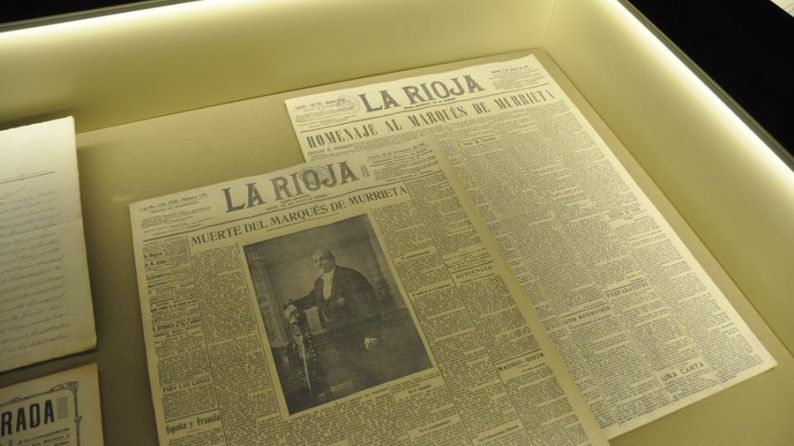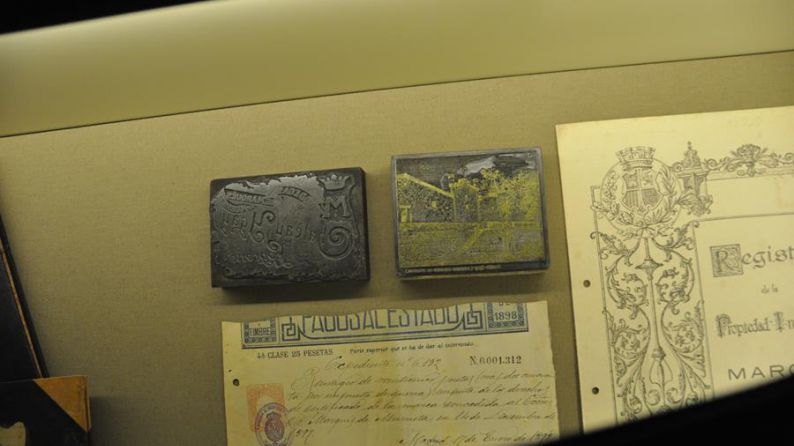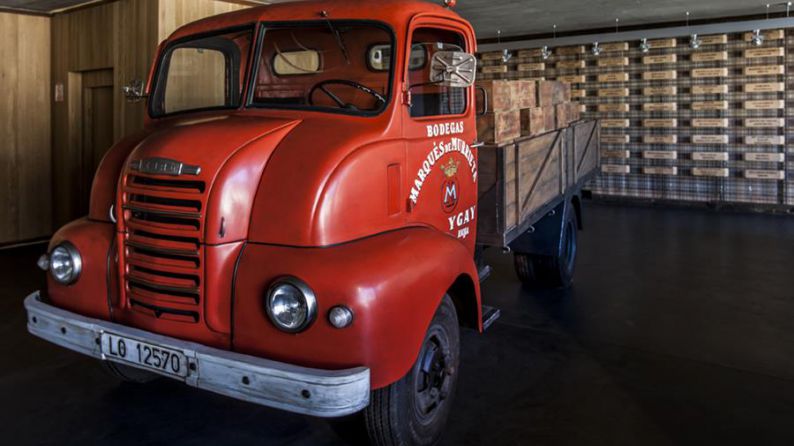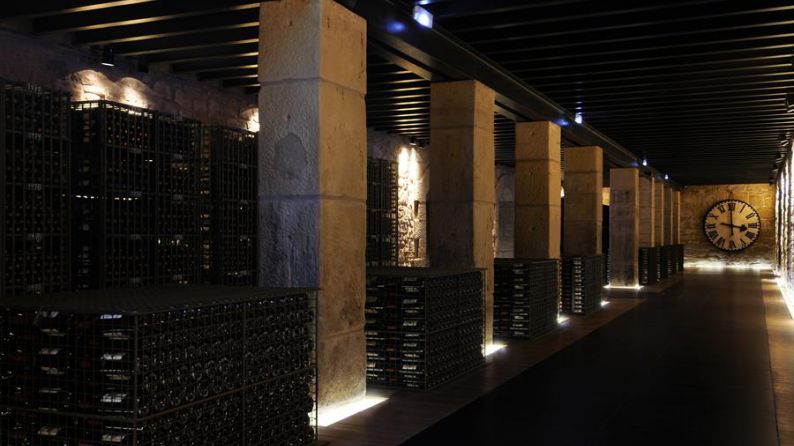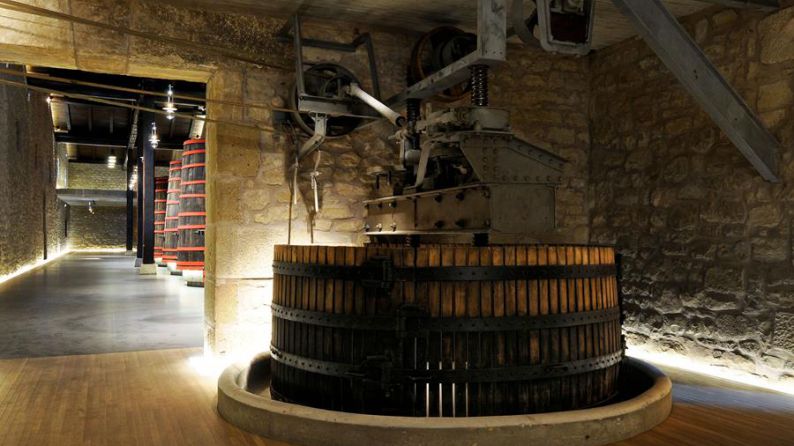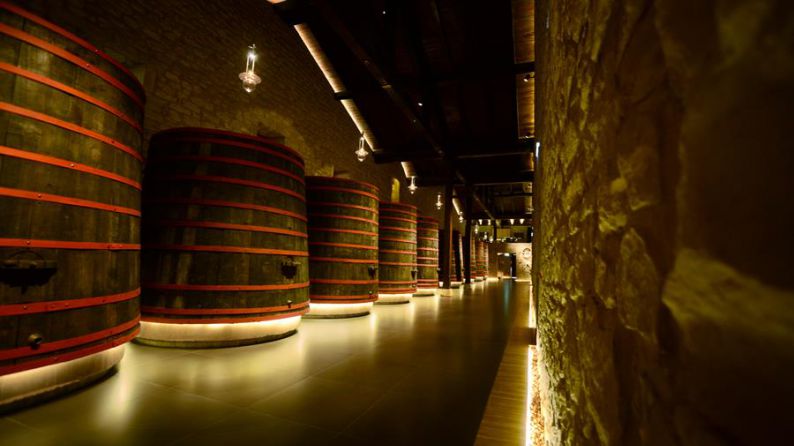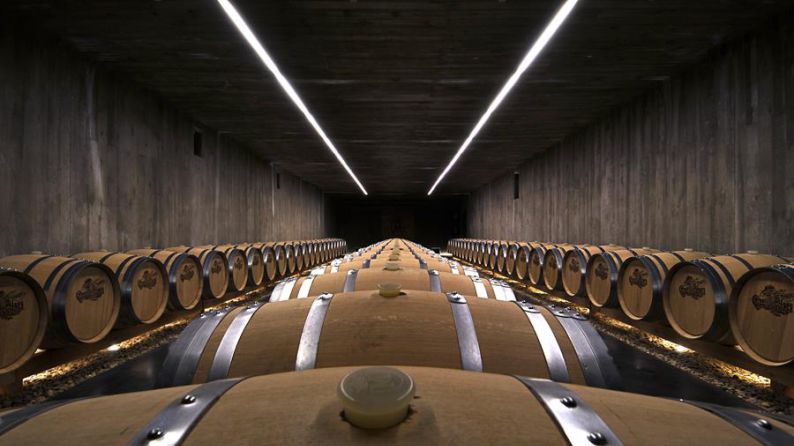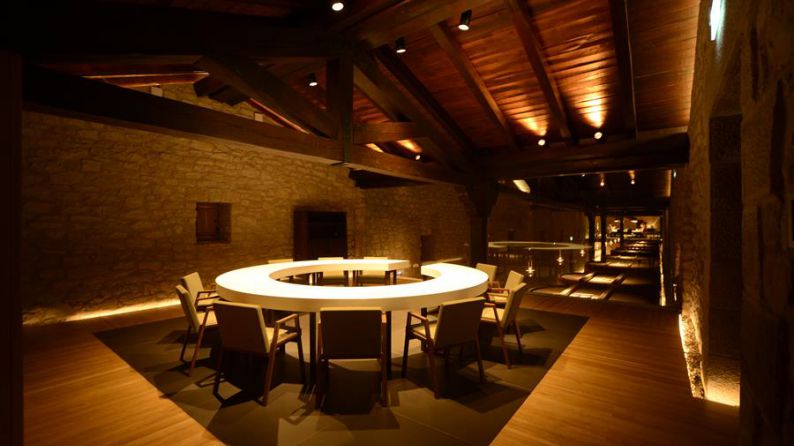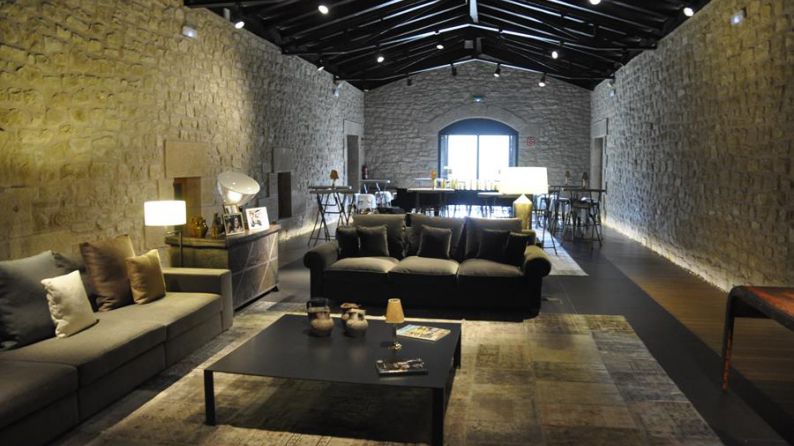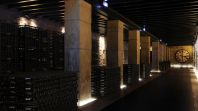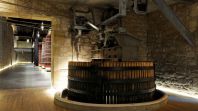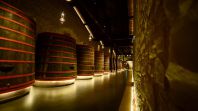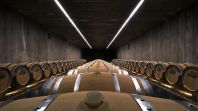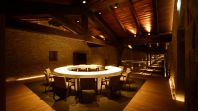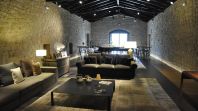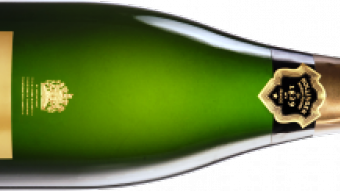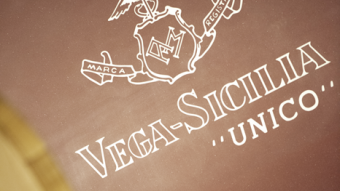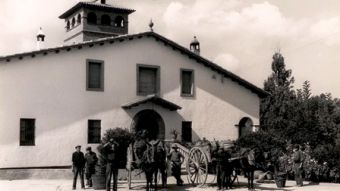Marqués de Murrieta, from château to 21st Century castillo
This iconic Rioja winery continues to grow at all levels. At the end of a mammoth, eight year renovation project, the winery has become a true “cathedral” of wine in the broadest sense of the world. The reconstruction of the Castillo de Ygay, stone-by-stone, in the same place it has stood since the late nineteenth century, has no architectural equal in the wine world.
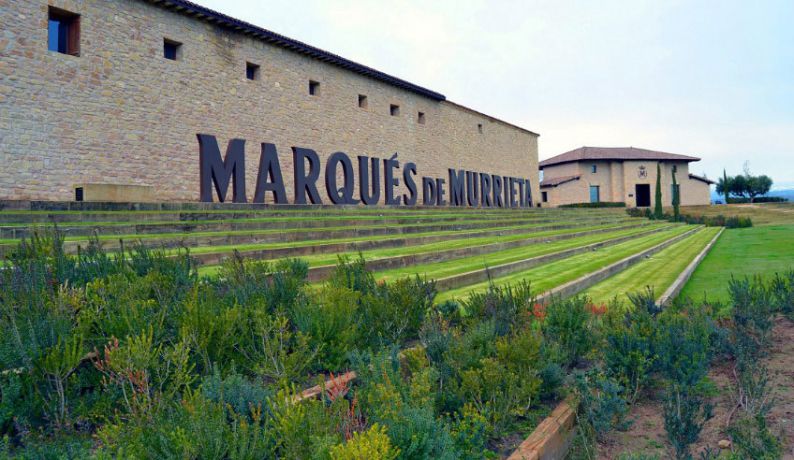 Logroño was occupied by Galician stonemasons for nearly a decade. They had come to carry out an important project within the Spanish wine industry, the reconstruction - in the very same spot – of the famous Castillo de Ygay, built by Luciano de Murrieta in the 1870’s. It had been taken down stone-by-stone and it was to be rebuilt exactly as it was before. It was project and a half, a complete archaeological restoration, which lasted eight long years and cost 14 million euros.
Logroño was occupied by Galician stonemasons for nearly a decade. They had come to carry out an important project within the Spanish wine industry, the reconstruction - in the very same spot – of the famous Castillo de Ygay, built by Luciano de Murrieta in the 1870’s. It had been taken down stone-by-stone and it was to be rebuilt exactly as it was before. It was project and a half, a complete archaeological restoration, which lasted eight long years and cost 14 million euros.
I have been familiar with Murrieta since the former owners, the descendants of the Marquis de Murrieta, sold it, in 1983, to another nobleman, Vicente Cebrian Sagarriga, Count of Creixell. The title is of Catalan origin but the family’s roots are distinctly Galician. My subsequent visit, in 1987, gave me another snapshot from what had been a fascinating film with successive extensions carried out by the new owner, the dynamic and visionary businessman, Vicente Cebrian.
Sadly Cebrian passed away before the age of fifty. If he could see the major project that his children (particularly Vicente and Cristina who manage the winery today), have successfully completed today, he would no doubt be chuckling in delight. He was good-humoured man with a ready smile. To look at “Finca Ygay” today with eyes that have seen it in the past, is poignant and moving. “Something has changed so that everything remains the same”, as Lampedusa would put it. But in this case, the "something" in question has been something colossal. But you don’t even see it. Everything remains the same, only with a different function.
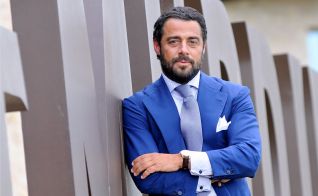 Vicente D. Cebrián-Sagarriga, owne of Marqués de MurrietaCebrian carried out several extensions during his lifetime. His son has now built a new winery, with all the work harmoniously imitative of the old, original castle. The son, the current count of Creixell, also named Vicente Cebrian, had to carry forward the legacy of his father when he was still a very young man, but he was not daunted by the task. Despite the difficulty, he has excelled at it. Today Bodegas Marqués de Murrieta, Finca Ygay, is formed of a set of congruent buildings that draw the eye from the Logroño-Zaragoza motorway, which cuts the estate in two, and can also been seen from the train.
Vicente D. Cebrián-Sagarriga, owne of Marqués de MurrietaCebrian carried out several extensions during his lifetime. His son has now built a new winery, with all the work harmoniously imitative of the old, original castle. The son, the current count of Creixell, also named Vicente Cebrian, had to carry forward the legacy of his father when he was still a very young man, but he was not daunted by the task. Despite the difficulty, he has excelled at it. Today Bodegas Marqués de Murrieta, Finca Ygay, is formed of a set of congruent buildings that draw the eye from the Logroño-Zaragoza motorway, which cuts the estate in two, and can also been seen from the train.
Another of the changes, perceptible only to eyes that have seen it in the past, has been the transformation of the former family home into a fabulous shop and visitors centre. Vicente Cebrian senior lived here, with his wife and still young children, just a stone’s throw from the Castillo de Ygay. Motivated by his love of wine and the Bordeaux tradition, he had moved his family into a house alongside the winery, to live the way the Bordeaux châtelains have always done.
The reconstruction of Castillo de Ygay
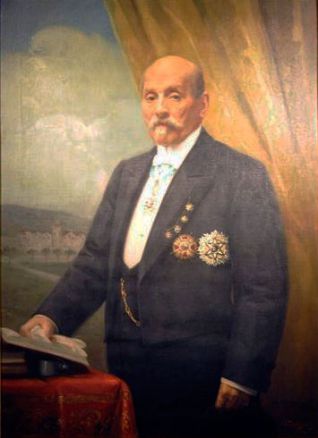 Having painstakingly dismantled the original winery, they have been very careful to respect each of its components in the rebuild. Vats, the original wine press and ancient destemmers have all been recovered and now play an ornamental role in this beautiful, perfectly decorated space, where past and present come together in tribute to the estate’s glorious past history and its even more glorious present.
Having painstakingly dismantled the original winery, they have been very careful to respect each of its components in the rebuild. Vats, the original wine press and ancient destemmers have all been recovered and now play an ornamental role in this beautiful, perfectly decorated space, where past and present come together in tribute to the estate’s glorious past history and its even more glorious present.
The original American oak vats that were used from 1901 to 1990 have been returned to their former location, raised off the ground to allow space for the fire that used to be lit beneath them to heat the fermentation process. This was required because the climate in the 168 hectare Ygay estate, near Logroño, is permanently cold, often freezing, and could be windy on occasion.
Ygay was acquired in 1877 by Luciano de Murrieta (born in Peru to a Spanish father and Bolivian mother). It was not his first winery as, since 1852, he had been producing wines based on the Bordeaux model, unknown in the area and in Spain in general at that time. His original winery was located in some cellars in the centre of Logroño. These belonged to the Duquesa de la Victoria, the wife of General Espartero, a key figure in Luciano Murrieta’s life and work. After nearly 25 years working in these urban cellars, Don Luciano acquired Ygay, an estate which, as well as vineyards, included the ancient olive trees still found growing there today. The estate also had its own oil mill, beehives for honey, and plantations of hops and legumes.
He built a château, in purest Bordeaux style, and produced wines that were named, as one might expect, Château de Ygay. This continued until 1910, when France banned the use of the term “château” on the labels of Spanish wines. The last vintage bearing the Château de Ygay name was the 1904 and the next vintage, the 1917, was renamed Castillo de Ygay. The wine still bears this name today and is still only produced in years when the harvest is excellent.
Ironically, having worked himself into the ground building a “casa cuna” (orphanage/foster home) in Logroño in 1905, Luciano Murrieta died heirless. Don Luciano included women in his workforce and the casa cuna also used to function as a kind of nursery, ensuring the children were looked after while their mothers worked in the warehouse, packing bottles, or in the vineyards, picking grapes. This social work was one of the reasons why Don Luciano was made the “Marquis de Murrieta” by King Amadeo of Spain.
Moving mountains
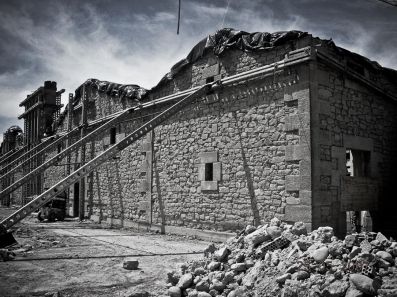 Under the reconstructed castle, lies the Sancta Sanctorum, housing around 75,000 old bottles, some dating back to the creation of the winery. This is where they were stored originally and this is where they have been returned, only now perfectly arranged in neat racks in perfectly lit spaces that have been perfectly designed with almost mystical aesthetics.
Under the reconstructed castle, lies the Sancta Sanctorum, housing around 75,000 old bottles, some dating back to the creation of the winery. This is where they were stored originally and this is where they have been returned, only now perfectly arranged in neat racks in perfectly lit spaces that have been perfectly designed with almost mystical aesthetics.
The Sacristy, where the very first vintages sleep, looks as if it has been barely touched. Part of the vaulting had to be redone and it is curious to see where the erosion, caused by the water seeping through the mountain side, has left its mark on the masonry of the back wall, originally built against the side of the mountain.
This dangerous humidity was one of the reasons they embarked on this mammoth project separating castle from mountain. Between the new foundations, the removal of earth from the hillside and the successful creation of a clearance space between the old/new Castillo de Ygay and the mountain behind it, a total of 6,000 tons of stone have been moved. The old/new Castillo de Ygay also contains a barrel room, adjacent to one of the extraordinary bottle storage rooms, where they are currently ageing the upcoming Castillo de Ygay 2013, the only one of its classification still in barrel.
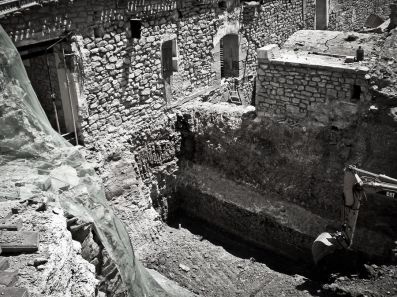 Following the adage of his father, Vicente Cebrian (the son) says he was “born to create, not to wait”. But wait he must. Because respect for the Murrieta style necessitates it, willingly and without the slightest concession to market demand, until the wines attain the required number of years’ ageing.
Following the adage of his father, Vicente Cebrian (the son) says he was “born to create, not to wait”. But wait he must. Because respect for the Murrieta style necessitates it, willingly and without the slightest concession to market demand, until the wines attain the required number of years’ ageing.
According to oenologist, Maria Vargas, the company’s technical director since 2000, we will have to carry on waiting for the next vintage, despite the absence of Castillo de Ygay on the market since the 2007 harvest. Trained during the era of highly expressive, author wines, Vargas discovered the elegance and style of the Grandes Reservas, particularly the Castillo de Ygay 1959, when she joined Murrieta. This changed her thinking and she is now a convert to this style of wine. Her work has been to maintain the style of the “special” Grandes Reservas, giving them a single origin, grapes from the La Plana vineyard, which is now almost twice the size it was originally.
She also wanted to produce a single vineyard white. The Dorado and Castillo de Ygay whites were already on the market, but Vargas was keen to “express” a single origin, so the excellent old Viuras from Pago Capellanía were used to craft this fine white wine of the same name.
Dalmau, a major undertaking
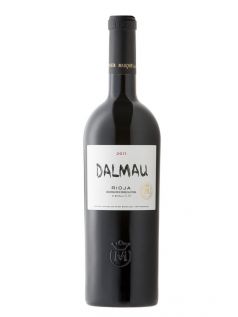 After the sudden passing away of Vicente Cebrian in 1996, almost 20 years ago, his young adult son decided to bring out a new wine to show the world that Murrieta was alive and well. The Dalmau 1994, respecting the estate’s mythical branding but with its own distinctive style, was released in 1998. Then, when Maria Vargas took over the company’s technical management, she wanted to give this new Dalmau a different complexion to distinguish it from its noble brothers without it losing any of its nobility. She decided to make it an estate wine, in this case from a vineyard plot named Canajas. This wine is the only Murrieta to use Cabernet Sauvignon, one of the estate’s traditional grape varieties, as some vineyards had been planted with this variety back in 1877, as a natural requirement of the Bordeaux model, introduced at Ygay by Don Luciano de Murrieta.
After the sudden passing away of Vicente Cebrian in 1996, almost 20 years ago, his young adult son decided to bring out a new wine to show the world that Murrieta was alive and well. The Dalmau 1994, respecting the estate’s mythical branding but with its own distinctive style, was released in 1998. Then, when Maria Vargas took over the company’s technical management, she wanted to give this new Dalmau a different complexion to distinguish it from its noble brothers without it losing any of its nobility. She decided to make it an estate wine, in this case from a vineyard plot named Canajas. This wine is the only Murrieta to use Cabernet Sauvignon, one of the estate’s traditional grape varieties, as some vineyards had been planted with this variety back in 1877, as a natural requirement of the Bordeaux model, introduced at Ygay by Don Luciano de Murrieta.
After eight long years of tricky engineering work, Vicente Cebrian does not seem to have tired of moving mountains or initiating new projects. He has started work on what will be a large new vinification facility in which they will be able to produce the company’s four wines, Marqués de Murrieta, Dalmau, Castillo de Ygay and Capellanía, separately. The winery, in true Murrieta architectural style, will be made of stone, similar to the existing ones. The Galician stonemasons will be back in Logrono.
By the way, the Castillo de Ygay White 1986 is now on the market. It is the first to be released since the new Count of Creixell assumed control of the iconic winery. The next will be the Castillo de Ygay White 1994. But we’ll have to wait for that!


